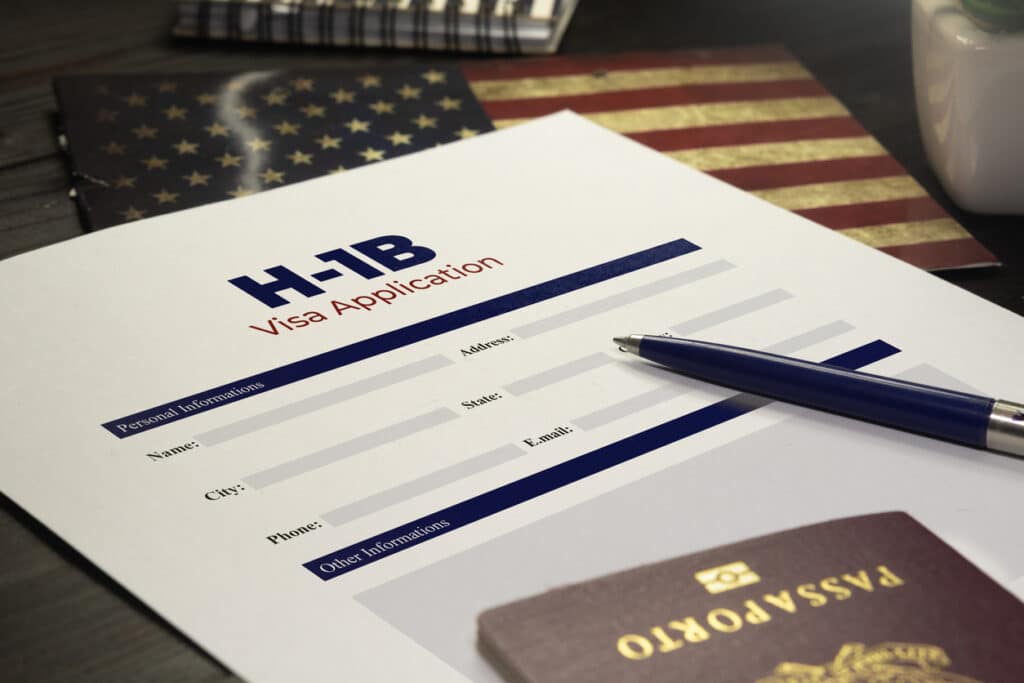The H-1B Modernization Rule

Prior to the election, Donald Trump expressed negativity towards the H-1B visa program, but new developments indicate that he is changing his tune. In a recent interview the incoming president described himself as a “believer in H-1B.”
In other positive news for the H-1B program, the United States Citizenship and Immigration Service (USCIS) published on December 18, 2024 the H-1B Modernization Rule, implementing significant changes to the H-1B nonimmigrant visa category. The stated purpose of the final rule is “to modernize and improve the efficiency of the H–1B program, add benefits and flexibilities, and improve integrity measures.” While the changes will primarily affect H–1B specialty occupation workers, the final rule includes provisions that will impact other nonimmigrant classifications, including the H–2, H–3, F– 1, L–1, O, P, Q–1, R–1, E–3, and TN categories.
Key Takeaways Include:
- New Form I-129 Starting on January 17, 2025
- Expanded definition of “specialty occupation”
- More Inclusive H-1B Cap Exemptions
- Revised Definition of Employment and Third-Party Worksites
- Expanded authority and compliance requirements for H-1B site visits
- Clarified requirements for H-1B amended petitions and H-1B validity period for certain situations
- Longer H-1B Cap-Gap Extensions
The American Immigration Lawyers Association (AILA) provides a detailed explanation of key takeaways from the H-1B Modernization Rule here: https://www.aila.org/library/practice-alert-top-ten-key-takeaways-of-the-h-1b-modernization-rule

